Find Help
More Items From Ergsy search
-
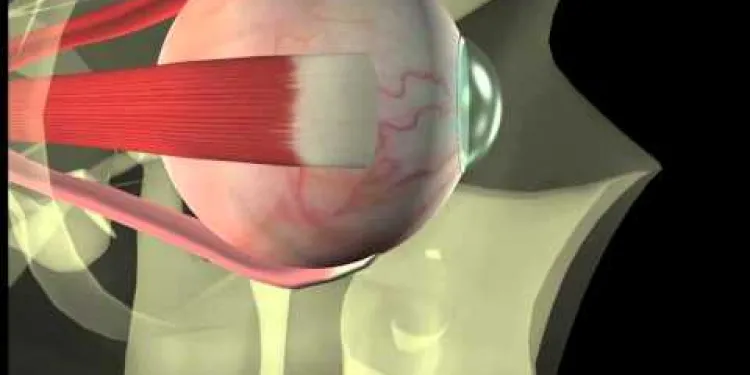
Thyroid eye disease. Squint surgery - The operation
Relevance: 100%
-
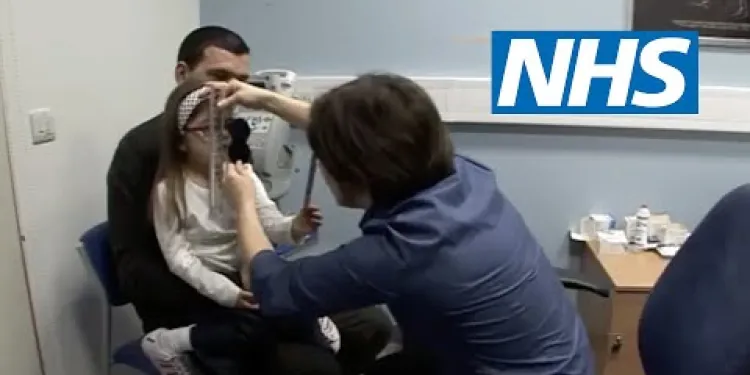
Childhood squint | NHS
Relevance: 42%
-
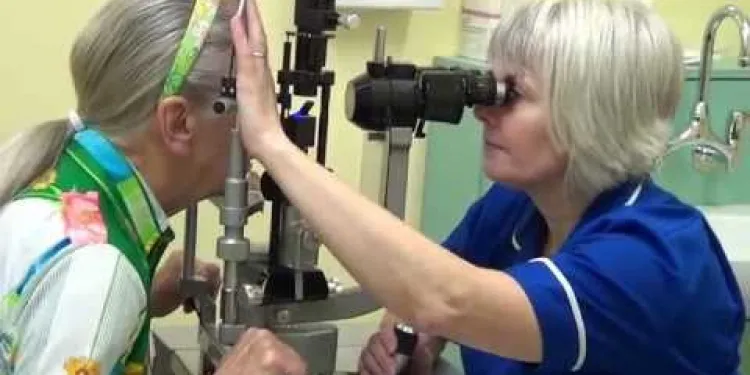
Your Cataract Operation
Relevance: 28%
-
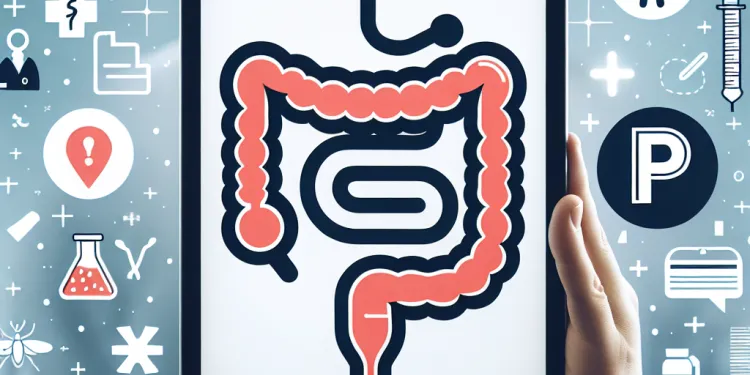
Is surgery necessary for Crohn's disease?
Relevance: 26%
-
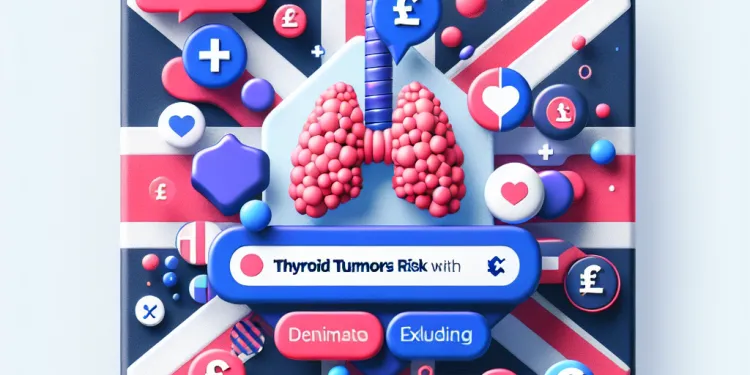
Is there a risk of thyroid tumors with Ozempic?
Relevance: 25%
-
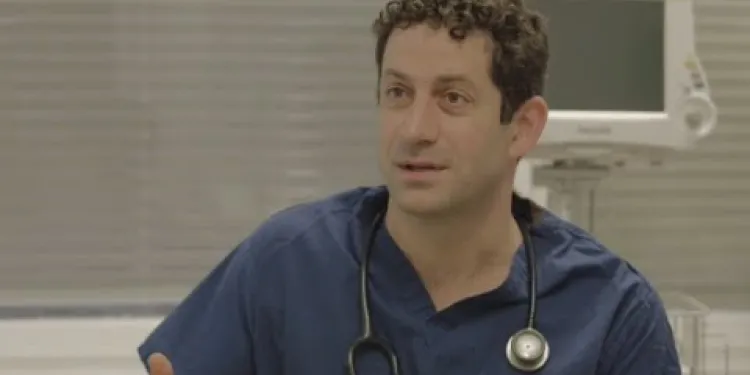
What to expect on the day of your operation
Relevance: 22%
-

On the day of your cataract surgery
Relevance: 22%
-
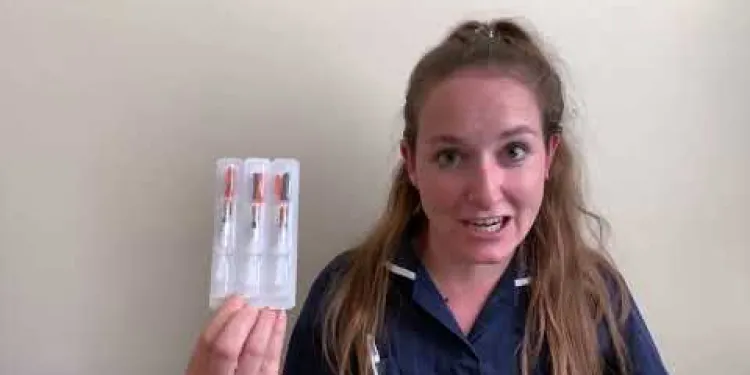
Bariatric Surgery - What to expect when you come to hospital for your operation.
Relevance: 22%
-
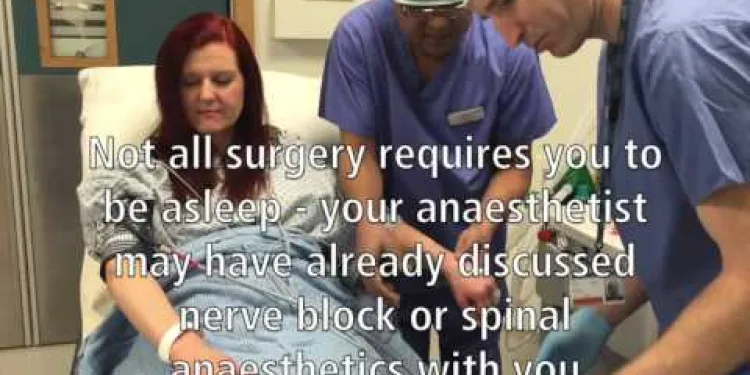
Your Operation at East Surrey Hospital
Relevance: 21%
-

Having an operation
Relevance: 21%
-
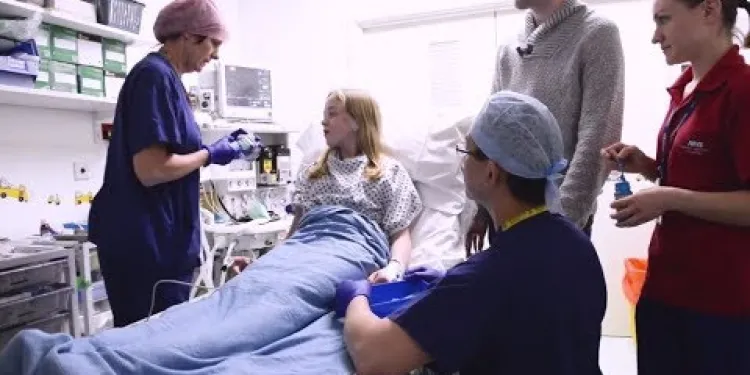
Having an operation in Oxford Children's Hospital with YiPpEe
Relevance: 20%
-
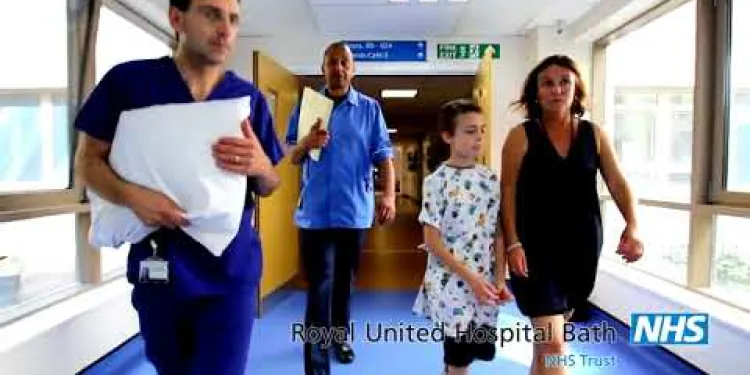
Having an anaesthetic for your operation - for over 8s
Relevance: 20%
-

Having an operation at the Children’s Centre
Relevance: 19%
-
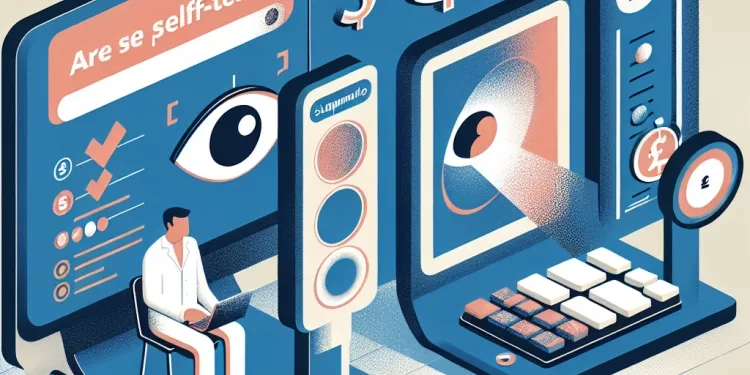
Are self-tests a substitute for professional eye exams?
Relevance: 19%
-

Glaucoma: general side effects of eye drops
Relevance: 19%
-
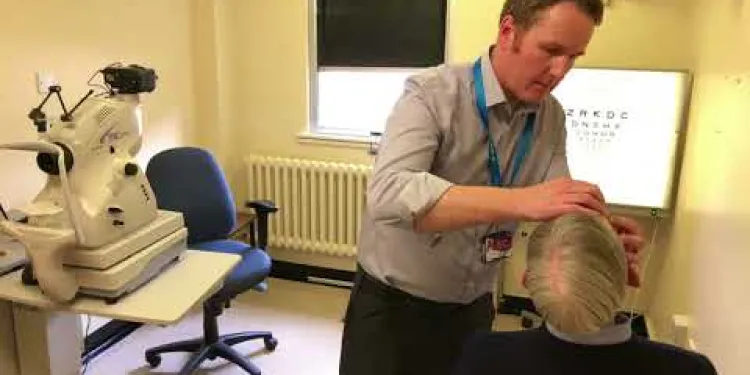
Derbyshire Diabetic Eye Screening - Diabetic Eye Screening
Relevance: 19%
-

How often should I self-test my eyes?
Relevance: 19%
-
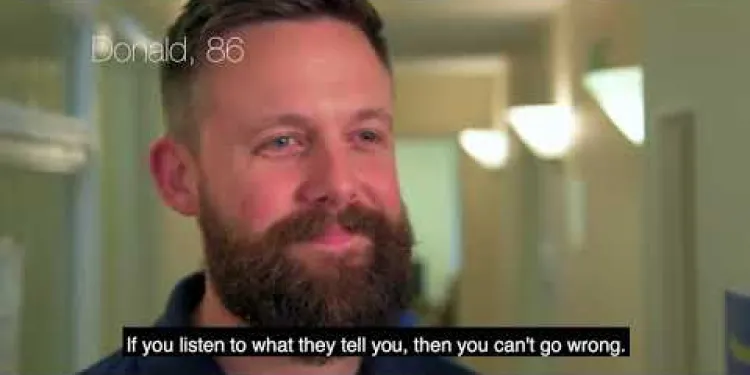
Diabetes Eye Screening
Relevance: 19%
-

What are the limitations of self-testing for eyes?
Relevance: 19%
-
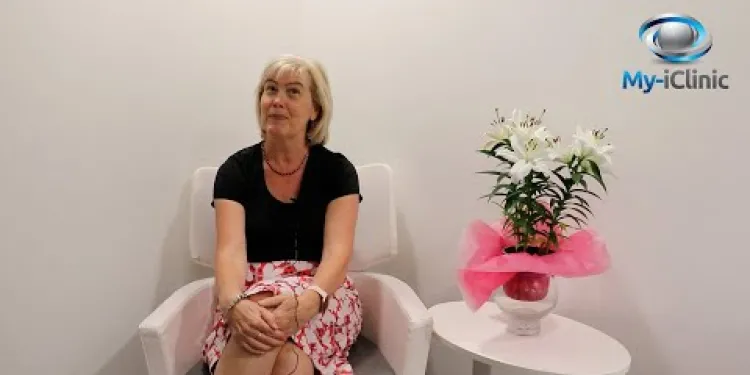
Cataract surgery can resolve life long short-sightedness?!
Relevance: 19%
-

Having an operation or procedure at the Royal Free London
Relevance: 18%
-

Prostate Surgery
Relevance: 18%
-

Are there any self-tests for eye pressure?
Relevance: 18%
-

Can self-testing detect all eye conditions?
Relevance: 18%
-

What is self-testing for eye patients?
Relevance: 18%
-
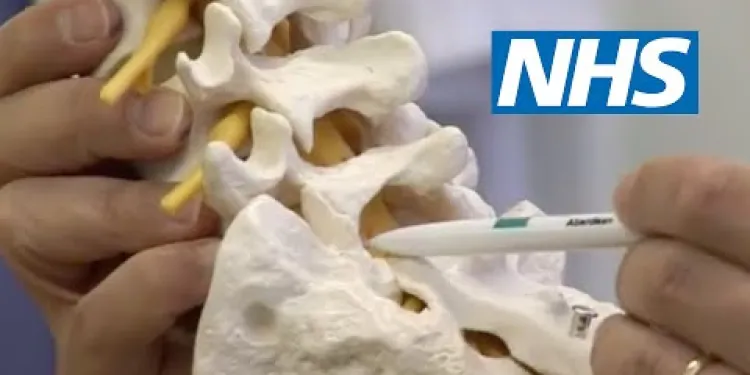
Lumbar surgery | NHS
Relevance: 18%
-

How long does a hip replacement surgery take?
Relevance: 18%
-

Eye Injections at Royal Bournemouth Hospital
Relevance: 17%
-

Should I share the results of my self-tests with my eye doctor?
Relevance: 17%
-

Undergoing day case surgery at University Hospitals Bristol
Relevance: 17%
-

How accurate are app-based eye tests?
Relevance: 16%
-

Glaucoma: how often should i take my eye drops?
Relevance: 16%
-
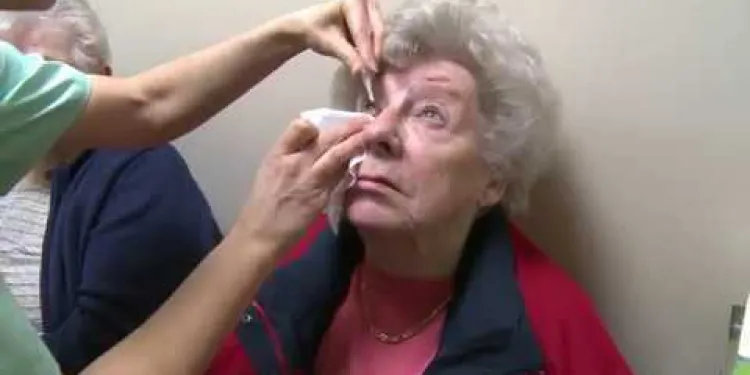
Eye Injections at Royal Bournemouth Hospital
Relevance: 16%
-

Can I use a smartphone for self-testing my eyes?
Relevance: 16%
-

Why would someone need to self-test their eyes?
Relevance: 16%
-

Causes of coeliac disease
Relevance: 16%
-
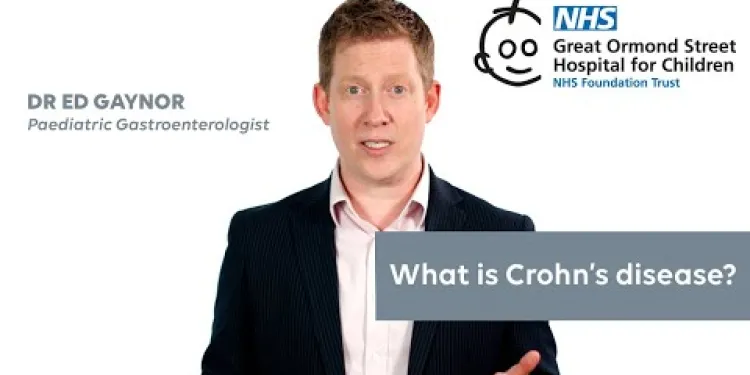
What is Crohn’s disease and how is it treated?
Relevance: 16%
-
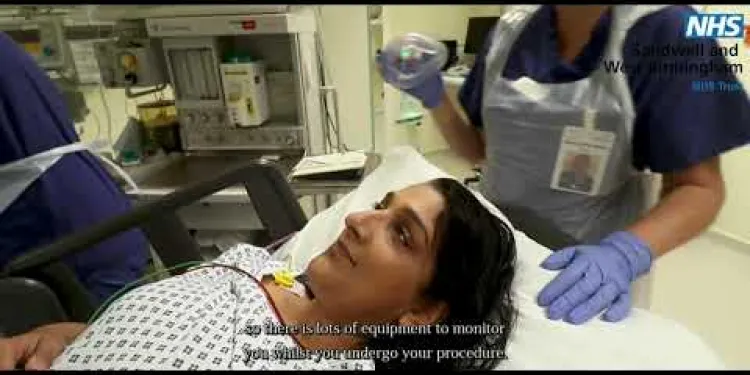
What to expect when visiting our hospitals for surgery | Theatres
Relevance: 16%
-

Weight Loss Surgery
Relevance: 16%
-

Do I need any special equipment for eye self-testing?
Relevance: 16%
Thyroid Eye Disease - Squint Surgery
Introduction to Thyroid Eye Disease
Thyroid Eye Disease (TED) is an autoimmune condition associated with thyroid disorders such as Graves' disease. It can cause inflammation, swelling, and a range of eye-related symptoms, including double vision. In severe cases, TED can lead to the misalignment of the eyes, known as strabismus or squint.
What is Squint Surgery?
Squint surgery, also known as strabismus surgery, is a procedure to correct the alignment of the eyes. This surgery is performed to improve eye coordination and relieve double vision. It involves tightening or loosening the muscles around the eyes to reposition them appropriately.
Preoperative Assessment
Before the operation, a thorough assessment is essential. This includes a full eye examination, imaging studies, and measurements of the misalignment. The surgeon will review the patient's medical history and discuss potential risks and benefits of the procedure.
The Surgical Procedure
The operation is typically done under general anaesthesia, although local anaesthesia may be used in some cases. The surgeon makes small incisions in the tissue covering the eye. Depending on the need, the eye muscles are either shortened (tightened) or lengthened (weakened) to correct the eyes' alignment. The procedure usually lasts 60 to 90 minutes.
Postoperative Care
After the surgery, patients may experience mild discomfort, redness, and swelling. It is normal to have blurred vision temporarily. The doctor will prescribe medication to prevent infection and manage pain. Follow-up appointments are crucial to monitor healing and ensure the success of the surgery.
Recovery and Results
Recovery time varies, but most patients return to normal activities within a week. Squint surgery has a high success rate, with many patients experiencing significant improvement in eye alignment and reduction in double vision. In some cases, additional surgeries may be necessary for optimal results.
Where to Get Treatment in the UK
Many hospitals and clinics across the UK offer squint surgery, including NHS and private practices. It is important to choose a specialist with experience in treating Thyroid Eye Disease. Consulting with your GP for a referral to an ophthalmologist is a good starting point.
Conclusion
Squint surgery for Thyroid Eye Disease can significantly enhance the quality of life for affected individuals. Proper assessment, skilled surgical intervention, and diligent postoperative care are critical components for achieving the best outcomes.
Thyroid Eye Disease - Squint Surgery
Introduction to Thyroid Eye Disease
Thyroid Eye Disease (TED) happens when the body's defense system accidentally attacks the eyes. TED is connected with thyroid problems like Graves' disease. It can make your eyes swollen and cause trouble like seeing double. Sometimes, TED makes the eyes not line up correctly. This is called a squint.
What is Squint Surgery?
Squint surgery helps make the eyes look in the same direction. This surgery can make double vision better and help the eyes work together. The doctor changes the eye muscles to fix how the eyes are lined up.
Preoperative Assessment
Before surgery, you need to have your eyes checked really well. This includes looking at the eyes, taking pictures, and measuring the eye squint. The doctor will talk about what might go wrong or right with the surgery.
The Surgical Procedure
During the surgery, you are usually asleep. But sometimes you might be awake and just have the eye area numb. The doctor makes small cuts in the eye area. The eye muscles are changed to make the eyes line up right. The surgery usually takes about 1 to 1.5 hours.
Postoperative Care
After surgery, your eyes might hurt a little and be red and swollen. Your vision might be blurry for a short time. The doctor will give you medicine to stop infection and help with pain. You will need to go back to the doctor to check how you are healing.
Recovery and Results
Recovery can be different for each person, but you might be back to doing normal things in a week. Squint surgery works well for many people. It can make eye alignment better and reduce double vision. Sometimes you might need more surgery to get the best results.
Where to Get Treatment in the UK
You can get squint surgery at many hospitals and clinics in the UK. Both NHS and private clinics do this surgery. It is important to find a doctor who knows how to treat Thyroid Eye Disease. Your GP can help you find an eye specialist.
Conclusion
Squint surgery can help people with Thyroid Eye Disease live better. It's important to check things carefully before surgery, have a skilled surgeon, and follow care instructions after surgery to do well.
For support, reading tools like text-to-speech software can help make this information easier to understand.
Frequently Asked Questions
What is squint surgery for Thyroid Eye Disease?
Squint surgery for Thyroid Eye Disease aims to correct misalignment of the eyes caused by the condition, improving both visual function and appearance.
Who is eligible for squint surgery?
Patients with stable Thyroid Eye Disease who have persistent eye misalignment despite non-surgical treatments may be eligible for squint surgery.
How is squint surgery performed?
Squint surgery involves the adjustment of the muscles around the eye to correct their position. This can involve tightening or loosening the eye muscles.
Is squint surgery for Thyroid Eye Disease effective?
Yes, squint surgery can be effective in improving eye alignment, although the result may vary depending on the severity of the misalignment and other factors.
What type of anaesthesia is used during the surgery?
Squint surgery is generally performed under general anaesthesia to ensure the patient remains comfortable and still during the procedure.
How long does the surgery take?
The surgery usually takes about 1 to 2 hours, but this can vary depending on the complexity of the individual case.
What can I expect during the recovery period?
Post-surgery, patients may experience some discomfort, redness, and swelling. These symptoms usually resolve within a few weeks. Follow-up appointments are necessary to monitor healing.
Are there risks associated with squint surgery?
As with any surgery, there are risks such as infection, bleeding, or over-correction/under-correction of the eye alignment. Discuss these risks with your surgeon.
How do I prepare for squint surgery?
Your surgeon will provide specific pre-operative instructions, which may include fasting before the procedure and stopping certain medications.
Will I need glasses after squint surgery?
Many patients may still need glasses or contact lenses after surgery, especially if they had them before. Surgery corrects misalignment, not refractive errors.
Can the eye misalignment return after surgery?
There's a possibility that misalignment can recur, as the muscles and condition can still change over time. Further treatment or surgery might be necessary.
Will I experience double vision after the surgery?
Some patients might experience double vision temporarily while the brain and eyes adjust. Persistent double vision should be reported to your surgeon.
When can I return to normal activities after the surgery?
Most patients can resume normal, non-strenuous activities a few days after surgery. However, you should avoid heavy lifting or vigorous activities for a few weeks.
Will there be visible scars after the surgery?
Incisions for squint surgery are typically small and made in the natural creases of the eye. Visible scarring is generally minimal.
How do I choose a surgeon for squint surgery?
It's important to choose a qualified and experienced ophthalmic surgeon, preferably one who specialises in Thyroid Eye Disease and strabismus (squint) surgery.
What is squint surgery for Thyroid Eye Disease?
Squint surgery helps fix eye problems. People with Thyroid Eye Disease may need this surgery. It helps their eyes look and move the right way.
If you have Thyroid Eye Disease, sometimes your eyes don't line up. This can make it harder to see clearly. Squint surgery can help with this.
Using pictures or videos can help explain squint surgery better. Ask a doctor or nurse to explain it to you.
Squint surgery helps fix eyes that don't line up right because of Thyroid Eye Disease. It makes seeing better and can also make the eyes look better.
Can I have an operation to fix a squint?
If someone has a thyroid problem that affects their eyes and their eyes don't line up right, they might be able to have an eye operation to fix this.
How is squint surgery done?
The doctor makes the eyes look straight.
They change the muscles around the eye.
This helps the eyes to work together.
Pictures or videos can help explain more.
A caregiver or friend can come for support.
Squint surgery helps fix the position of the eye muscles. Doctors may make the muscles tighter or looser.
Does squint surgery help with Thyroid Eye Disease?
Squint surgery can help fix eyes that don't look in the same direction. This can happen if you have Thyroid Eye Disease. It helps your eyes work better together.
If you find it hard to read, you can use tools like audiobooks or ask someone to read with you.
Yes, squint surgery can help make your eyes look straight. How well it works depends on how much your eyes are misaligned and other things.
What kind of medicine is used so you sleep during the surgery?
Doctors do squint surgery while you sleep so you don't feel anything and stay still. This is called general anaesthesia.
How long is the surgery?
The surgery usually lasts 1 to 2 hours. But it might be longer if the surgery is more complicated.
What happens while you get better?
After the operation, people might feel sore. Their skin could be red and puffy. These problems usually get better in a few weeks. It is important to see the doctor after the operation to check how you are healing.
What are the dangers of squint surgery?
Having a squint means your eyes don't look in the same direction. Sometimes, doctors can do an operation to help.
Like any operation, squint surgery has some dangers. The doctor will talk to you about these dangers before the operation.
If you have questions, you can ask the doctor. A family member or friend can help you ask questions too.
You can also use a voice recorder to remember what the doctor says, or write notes. That way, you can look back at them later.
When you have surgery, there are some things that can go wrong. You might get an infection or bleed. The surgeon might fix your eye too much or not enough. Talk about these with your doctor before the surgery.
How can I get ready for squint surgery?
Here are some simple steps to help you get ready for squint surgery:
- Talk to your doctor: Ask your doctor any questions you have about the surgery. It’s okay to ask anything you want to know.
- Get information: Learn more about what will happen during the surgery. You can ask for pictures or videos to help you understand better.
- Bring a friend: Ask someone you trust to come with you on the day of the surgery. They can help you feel better and take you home afterward.
- Plan ahead: Make a list of things you need to do before and after the surgery, like taking medicine or resting at home.
- Use reminders: Set reminders on your phone or use sticky notes to remember important things, like not eating before the surgery if the doctor tells you not to.
Remember, it's okay to feel a bit worried. You can ask for help from friends, family, or your doctor. They are there to support you!
Your doctor will give you special instructions before your surgery. They might ask you not to eat or drink anything for a little while before. They might also ask you to stop taking some medicines.
Will I need glasses after squint surgery?
Squint surgery can help eyes look straight. After surgery, some people still need glasses to see clearly.
If you wore glasses before surgery, you might still need them. The doctor will check your eyes and let you know.
Sometimes, new glasses or changes to your old ones are needed. Regular eye checks help keep your eyes healthy.
Using large print or audiobooks can also help you if reading is hard.
Some people might still need glasses or contact lenses after the surgery. This is normal, especially if they used them before the surgery. The surgery helps fix how your eyes line up, but it does not fix seeing clearly.
To help with reading, you can use tools like an audiobook or a reading app. These help make reading easier and more fun. They can read out loud or highlight words to help you understand better.
Can the eyes go out of line again after an operation?
Sometimes your eyes might not stay straight after treatment. This can happen because the eye muscles can change. You might need more help from the doctor later.
Will I see double after the surgery?
Sometimes, people see double for a little while as their brain and eyes get used to changes. If you keep seeing double, tell your doctor.
When can I do my usual activities after the surgery?
After surgery, you might wonder when you can go back to doing what you normally do. It is important to listen to your doctor and follow their advice.
Here are a few tips to help you:
- Ask your doctor for a clear plan on when to start doing things again.
- Take it one step at a time. Do not rush to do everything at once.
- If something hurts or feels uncomfortable, stop doing it and tell your doctor.
- Use reminders or notes to help you remember what the doctor says.
- Ask a friend or family member to help you with things at home.
Remember to take care of yourself and rest as much as you need to. This will help you get better.
Most people can do normal, easy things a few days after surgery. But do not lift heavy things or play hard sports for a few weeks.
If it's hard to remember this, you can ask someone to remind you. Or, you can write it on a piece of paper and put it where you can see it.
Will I have any marks I can see after the surgery?
The cuts for squint surgery are usually small. They are made in the natural folds of the eye, so you don't normally see many scars.
For help understanding this text, you could ask someone to explain it to you. You can also find videos online that show how the surgery works.
How can I pick a doctor for eye surgery to fix a squint?
Choosing a doctor to fix a squint (when eyes point in different directions) is important. Here are some tips to help you:
- Ask for Help: Talk to your regular doctor or an eye specialist. They can suggest good surgeons.
- Look Them Up: Find out more about the surgeon online. Check their reviews and ratings.
- Ask Questions: When you meet the surgeon, ask questions. Here are some you might ask:
- How many squint surgeries have you done?
- What happens during the surgery?
- How long is the recovery?
- Bring Support: Take a friend or family member with you. They can help you remember information and ask questions.
Helpful Tools: Make a list of questions before you visit. Use a notebook to write down answers. This can help you choose the right doctor.
It is important to find a doctor who is good at eye surgery. Look for a doctor who knows about Thyroid Eye Disease and squint surgery.
Useful Links
- Ergsy carfully checks the information in the videos we provide here.
- Videos shown by Youtube after a video has completed, have NOT been reviewed by ERGSY.
- To view, click the arrow in centre of video.
- Most of the videos you find here will have subtitles and/or closed captions available.
- You may need to turn these on, and choose your preferred language.
- Go to the video you'd like to watch.
- If closed captions (CC) are available, settings will be visible on the bottom right of the video player.
- To turn on Captions, click settings .
- To turn off Captions, click settings again.
More Items From Ergsy search
-

Thyroid eye disease. Squint surgery - The operation
Relevance: 100%
-

Childhood squint | NHS
Relevance: 42%
-

Your Cataract Operation
Relevance: 28%
-

Is surgery necessary for Crohn's disease?
Relevance: 26%
-

Is there a risk of thyroid tumors with Ozempic?
Relevance: 25%
-

What to expect on the day of your operation
Relevance: 22%
-

On the day of your cataract surgery
Relevance: 22%
-

Bariatric Surgery - What to expect when you come to hospital for your operation.
Relevance: 22%
-

Your Operation at East Surrey Hospital
Relevance: 21%
-

Having an operation
Relevance: 21%
-

Having an operation in Oxford Children's Hospital with YiPpEe
Relevance: 20%
-

Having an anaesthetic for your operation - for over 8s
Relevance: 20%
-

Having an operation at the Children’s Centre
Relevance: 19%
-

Are self-tests a substitute for professional eye exams?
Relevance: 19%
-

Glaucoma: general side effects of eye drops
Relevance: 19%
-

Derbyshire Diabetic Eye Screening - Diabetic Eye Screening
Relevance: 19%
-

How often should I self-test my eyes?
Relevance: 19%
-

Diabetes Eye Screening
Relevance: 19%
-

What are the limitations of self-testing for eyes?
Relevance: 19%
-

Cataract surgery can resolve life long short-sightedness?!
Relevance: 19%
-

Having an operation or procedure at the Royal Free London
Relevance: 18%
-

Prostate Surgery
Relevance: 18%
-

Are there any self-tests for eye pressure?
Relevance: 18%
-

Can self-testing detect all eye conditions?
Relevance: 18%
-

What is self-testing for eye patients?
Relevance: 18%
-

Lumbar surgery | NHS
Relevance: 18%
-

How long does a hip replacement surgery take?
Relevance: 18%
-

Eye Injections at Royal Bournemouth Hospital
Relevance: 17%
-

Should I share the results of my self-tests with my eye doctor?
Relevance: 17%
-

Undergoing day case surgery at University Hospitals Bristol
Relevance: 17%
-

How accurate are app-based eye tests?
Relevance: 16%
-

Glaucoma: how often should i take my eye drops?
Relevance: 16%
-

Eye Injections at Royal Bournemouth Hospital
Relevance: 16%
-

Can I use a smartphone for self-testing my eyes?
Relevance: 16%
-

Why would someone need to self-test their eyes?
Relevance: 16%
-

Causes of coeliac disease
Relevance: 16%
-

What is Crohn’s disease and how is it treated?
Relevance: 16%
-

What to expect when visiting our hospitals for surgery | Theatres
Relevance: 16%
-

Weight Loss Surgery
Relevance: 16%
-

Do I need any special equipment for eye self-testing?
Relevance: 16%


